A Fistula is a medical condition in the anus’ lining like a small tear or small cut. It causes bright red bleeding along with pain when passing stools. It can affect people of all ages, including older adults, young kids, and even infants. If an infection is the underlying cause of fistula in the anal gland, it will discharge pus from the anus’s opening along with pain and bleeding.
Treatment of the fistula is challenging because of the deep-seated infections. Presently, two effective methods are used for fistula – the video-assisted treatment and laser ablation. A video scope is used in the video-assisted treatment, and the surgeon inserts a probe to have a clear view of the condition and treat it efficiently. As the name suggests, laser technology uses a laser beam to destroy and remove the fistula.
What is the Laser Treatment for Fistula?
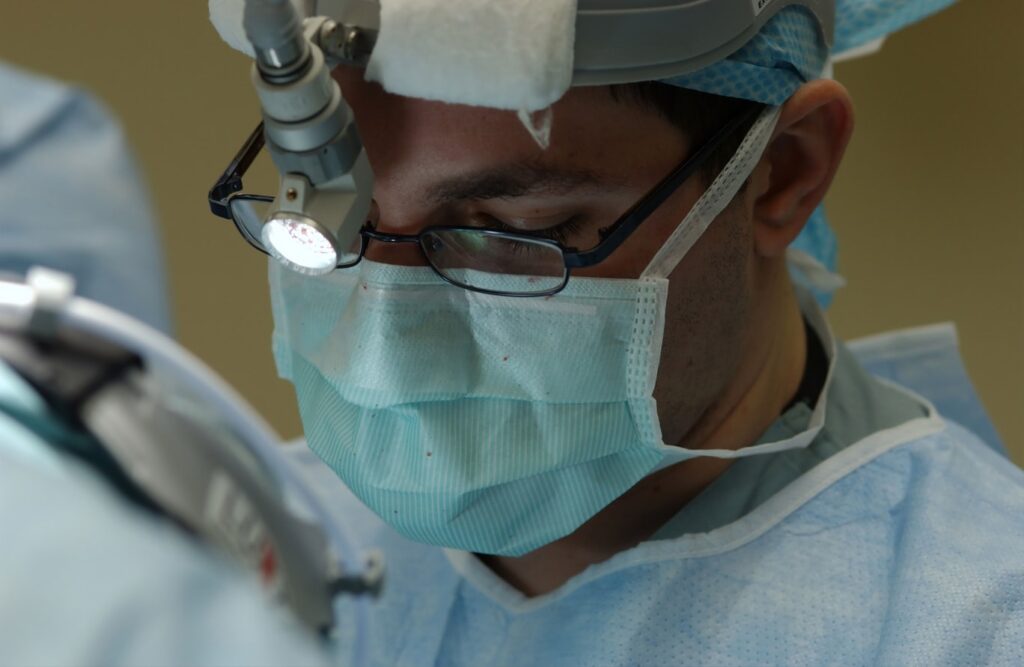
The fistula laser technology or FiLAC is the common laser treatment for fistula. The procedure involves using a laser beam to destroy the fistula cells and remove them. The surgeon aims to close the tract using a laser beam that emits a radial fibre connected to the diode laser. It causes the fistula’s cells and tissues to shrink and reduce in size around the radial fibre, and finally, it closes the tract.
The surgery is performed under anesthesia, and surgeons carry out the procedure without wounds and major incisions. Laser surgery is the only effective method to remove the fistula permanently. The laser technology for a fistula is USFDA approved treatment that can effectively treat the anal fistula.
How is Laser Surgery for Fistula Performed?
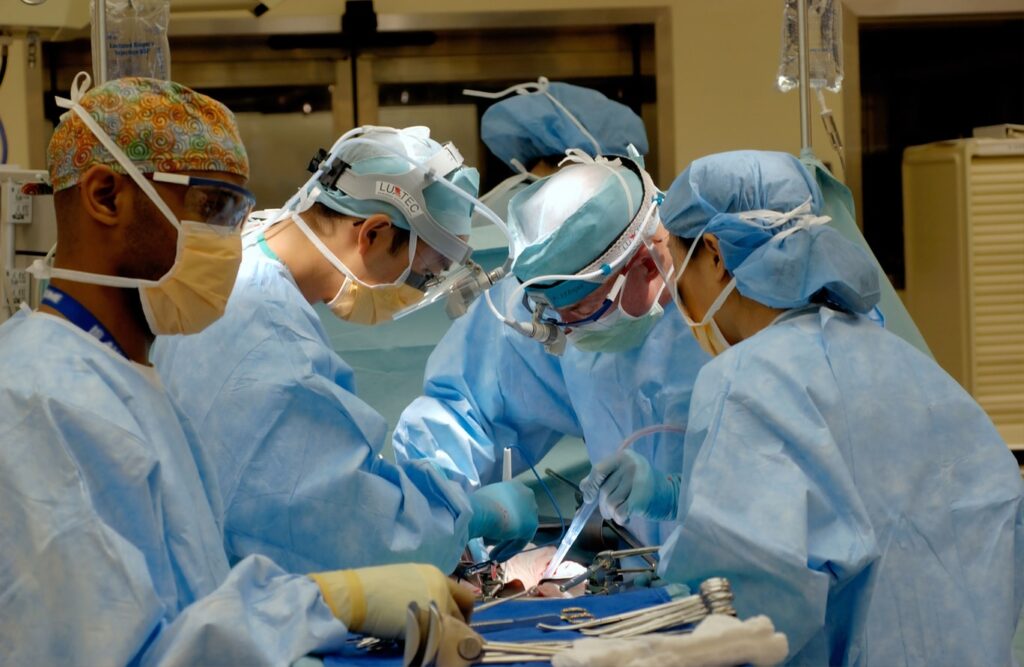
Laser surgery for a fistula is gaining popularity amongst global patients because of its efficiency and benefits. Certified surgeons perform laser surgery without wounds and any incisions. It is performed under anesthesia, and the procedure takes 30 minutes to get complete. Patients are released from the hospital on the same day as it is the daycare procedure.
The laser surgery is performed using a laser beam. In the procedure, laser energy is introduced to the anal fistula tract using a thin laser probe. By using the probe and inserting the laser, the surgeon aims the fistula tissues and destroys them, and finally, the laser probe is removed, closing the fistula tract. Laser technology is also used to restrict the supply of blood that promotes the growth of abnormal tissues. The laser beam destroys the fistula tissues permanently and prevents them from occurring again. The radial fibre delivers laser energy in the procedure. It aims directly to the submucosal haemorrhoidal nodes to shrink it from inside.
The procedure is offered as a daycare treatment, and it never harms the healthy tissue tract. The laser procedure’s recovery period is comparatively less, and patients are discharged from the hospital on the same day.
Why is Laser Technology Good for Treatment of Fistula?
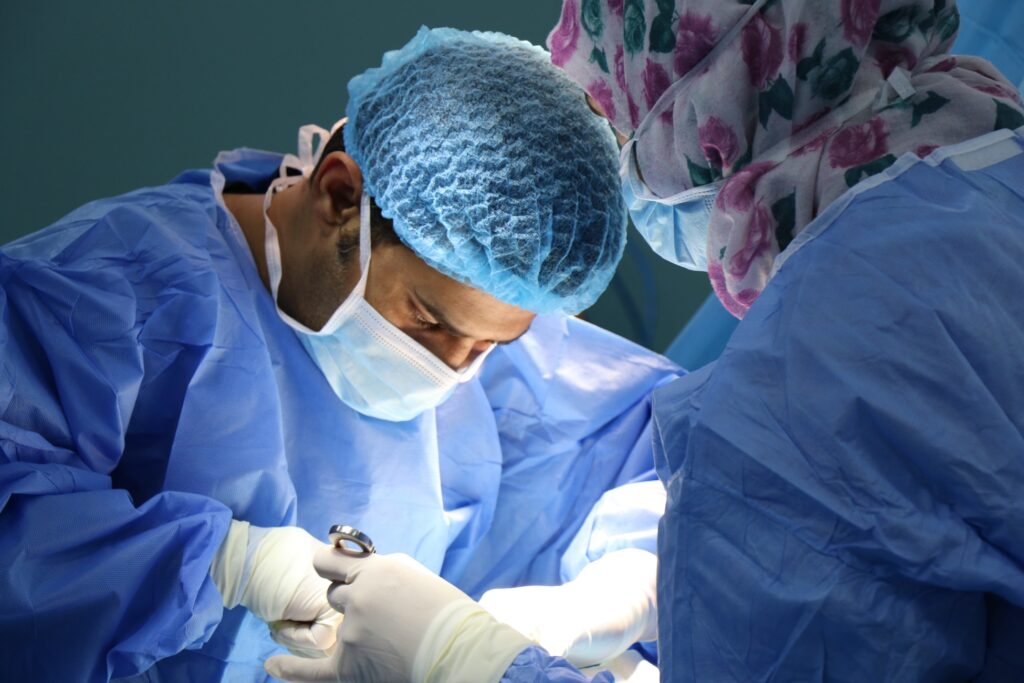
Yes, laser treatment for a fistula is the most effective solution as it comes with many benefits that are not possible with traditional treatment procedures.
- A daycare procedure with same-day discharge from hospital
- Minimal invasive procedure
- Faster recovery and healing than traditional surgeries
- Painless procedure without any wounds
- No chances of fistula recurrence
- Minimal discharge and bleeding post-surgery
- The surrounding tissues are intact without damages
- The risk of sphincter damaging is less in laser treatment
- Aesthetically it is the best procedure that helps restore confidence
- Takes only 15-20 minutes to complete the procedure
Recovery After Laser Surgery for Fistula
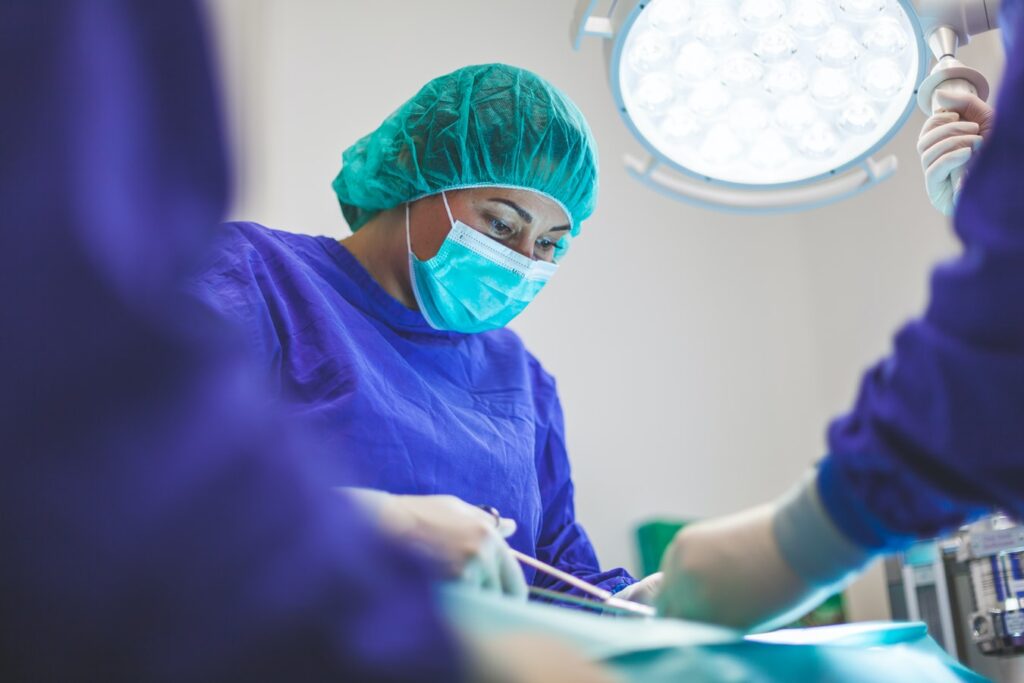
As mentioned, the recovery time in laser treatment is faster and comfortable. Since it is a daycare minimal invasive procedure, patients are released from the hospital on the same day after a few observation hours.
- Patients are prescribed to resume normal activities after three days of the laser surgery.
- Patients are restricted from performing any strenuous activities for a few days until the doctor suggests.
- No diet restriction is there after the surgery. Patients are requested to follow the diet chart provided to them by the dietician at the hospital. The diet chart needs to be followed for a few days after the laser treatment.
- Patients are required to contact their doctor immediately if any unusual things, discharge, or bleeding is noticed from the site of surgery.
What are the Side Effects of Fistula Laser Surgery?
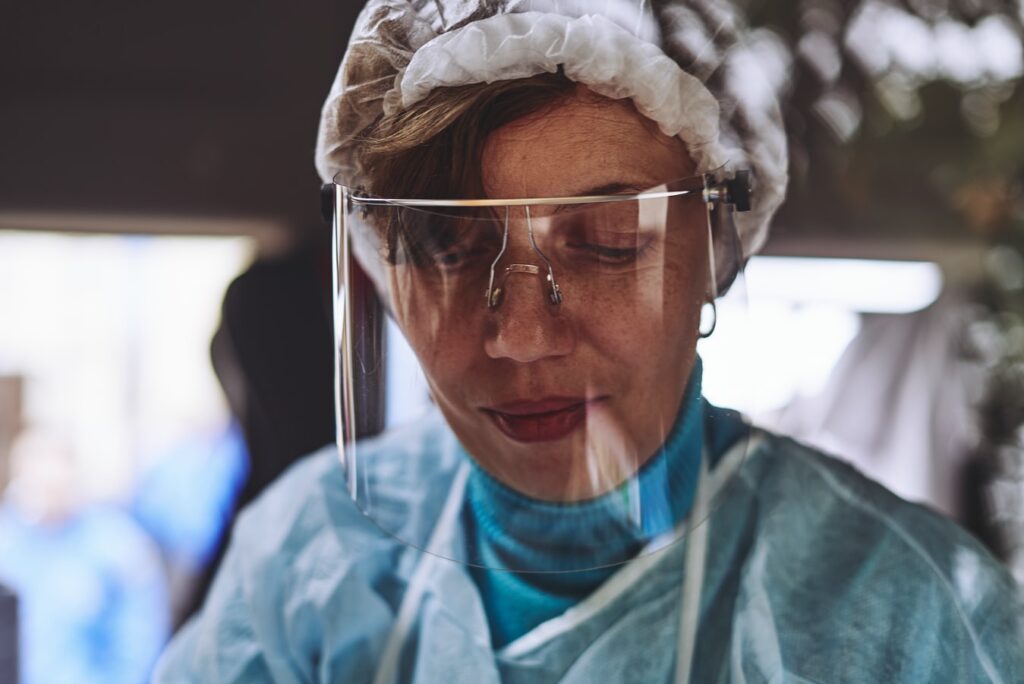
The major side effect associated with Fistula laser surgery is constipation. However, it is temporary, and patients recover after a few days of surgery. Patients may discuss constipation with the doctor and use some laxatives to handle constipation after the laser treatment. Laser surgery demands great expertise and precision. It would be best to get the surgery done by experienced surgeons experts in laser surgery for fistula.
Patients are requested to share all the details regarding their medical history with the doctor. They must explain the medications and supplements used before the surgery. Patients must follow the instructions shared with them by their doctor before and after the surgery for faster recovery without complications.
When do you see the Doctor Post Surgery?

After a successful fistula surgery, patients must follow a few instructions provided to them by the doctor. From exercise to diet, patients need to follow the instructions carefully for a faster recovery post-surgery. After laser surgery, patients must keep checking for the following symptoms and seek medical treatment if they notice anything unusual.
- Vomiting and feeling of nausea
- Increase pain, discharge, and inflammation
- Constipation or no bowels for more than three days post-surgery
- Difficulty in passing the urine
- Redness, inflammation, or pain in the anal area
- High fever that lasts for 2-3 days after surgery
- No bowel control after surgery
- Inflammation in the lymph nodes in your groin
There is a very rare chance of experiencing any of these signs after the laser fistula surgery. But, if you have any contact, the healthcare professionals of Pristyn Care immediately seek medical assistance. Patients must not neglect the signs that occur after the surgery as it may worsen the surgery site and lead to other health issues.
